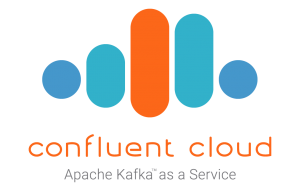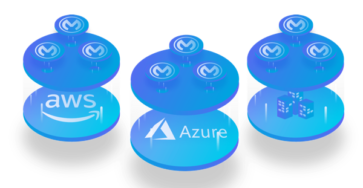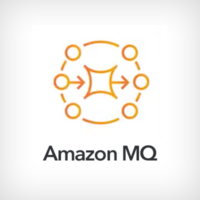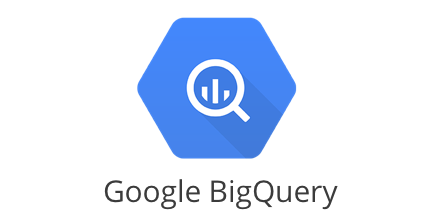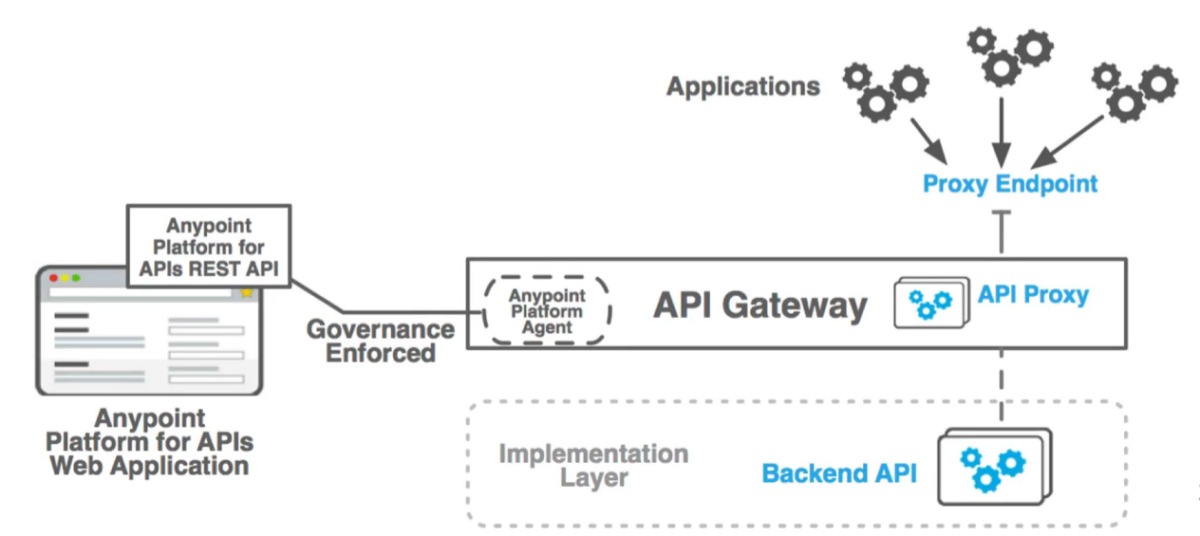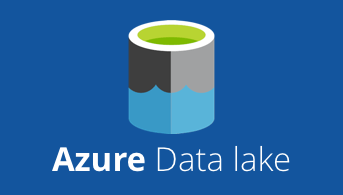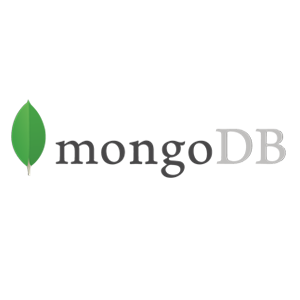-
Connect to Confluent Cloud with the MuleSoft Kafka Connector (Mule 4)
Apache Kafka, developed by LinkedIn and donated to the Apache Software Foundation, is used for building real-time data pipelines and streaming apps. It is horizontally scalable, fault-tolerant, and incredibly fast. Confluent launched as a commercial entity on top of the open-source project in 2014 and just recently released a free tier to their service called…
-
Install Anypoint Runtime Fabric on Azure
Anypoint Runtime Fabric (RTF) is a container service that automates the deployment and orchestration of Mule applications and API gateways. Runtime Fabric runs within a customer-managed infrastructure on AWS, Azure, virtual machines (VMs), and bare-metal servers. The video below walks you through the process of installing Runtime Fabric on Azure.
-
Configure the MuleSoft Database Connector to connect to Heroku Postgres
The MuleSoft Database Connector provides the ability to easily connect to any database as long as you have the JDBC driver. Here’s a quick post/walk-through on how to configure the connector to connect to Heroku Postgres. This post assumes you have a Heroku account with Postgres already added and configured. You also have Anypoint Studio…
-
File REST API in RAML
RAML, also known as RESTful API Modeling Language makes it easy to define APIs that are human friendly. A customer asked me how to model an HTTP multipart request using RAML so I put together this example. Just some background, an HTTP multipart request is an HTTP request that HTTP clients construct to send files…
-
Using MuleSoft With Amazon MQ
Amazon MQ is a managed message broker service for Apache ActiveMQ, and as a result, connectivity with Amazon MQ and MuleSoft has been there since day one. Amazon MQ makes it easy to set up and operate message brokers in the cloud and it gives direct access to the ActiveMQ console and industry standard APIs and…
-
Connect to Google BigQuery Using the MuleSoft Database Connector
BigQuery is a RESTful web service that enables interactive analysis of massively large datasets working in conjunction with Google Storage. If you’re building new integrations to drive data in and out of BigQuery, the general recommendation is to leverage the native API. But an additional approach is using standard SQL dialect, which BigQuery supports. To aid…
-
Setup MuleSoft API Proxy with Domains
Mule can define selected connectors as common resources and expose them to all apps deployed under a “domain”. These resources are known as shared resources and the most typical one is an HTTP Listener. Keep in mind that this is only for on-premise Mule Runtimes. If you are deploying your application to CloudHub or Runtime…
-
Connect to Azure Data Lake Store using MuleSoft
Overview UPDATE: Check out the updated post that shows how to use the Azure Data Lake Storage connector. Azure Data Lake Store is an enterprise-wide hyper-scale repository for big data analytic workloads. Azure Data Lake enables you to capture data of any size, type, and ingestion speed in one single place for operational and exploratory…
-
Update Document with a MongoDB Function using MuleSoft
I recently had to figure out how to use the MuleSoft MongoDB Connector and update a document with a function. This post is a quick walk-through showing how to build an example flow to address the use case. In MongoDB, the collection we’ll be performing the function against looks like the following. It’s just a set…
-
Deploy Domain Projects using the Mule Plugin for Maven
Continuous Integration (CI) is a DevOps development practice that requires developers to check code into a shared repository (e.g. Github) after which automated builds and tests are run. This process allows teams to detect problems early and locate them more easily. The MuleSoft Anypoint Platform provides the flexibility and tools to easily build a CI process…
| M | T | W | T | F | S | S |
|---|---|---|---|---|---|---|
| 1 | 2 | 3 | 4 | 5 | 6 | |
| 7 | 8 | 9 | 10 | 11 | 12 | 13 |
| 14 | 15 | 16 | 17 | 18 | 19 | 20 |
| 21 | 22 | 23 | 24 | 25 | 26 | 27 |
| 28 | 29 | 30 | 31 | |||
Amazon S3 Anypoint Monitoring Anypoint Platform Anypoint Studio Apache Kafka Apache Parquet API Management APIs AWS Azure Azure Data Lake Store BigQuery Bot Business Central CI/CD CloudHub Code Connector DataWeave Debugging DropBox Dynamics 365 File Generative AI Google GPT-3 Grafana Heroku Hyper API Java Microsoft MongoDB Mule SDK MuleSoft OAS OpenAI OpenTelemetry Outlook 365 Power BI REST API Salesforce Salesforce Marketing Cloud SAP Tableau WSDL
